How to Manage Common Botox Complications in Aesthetics
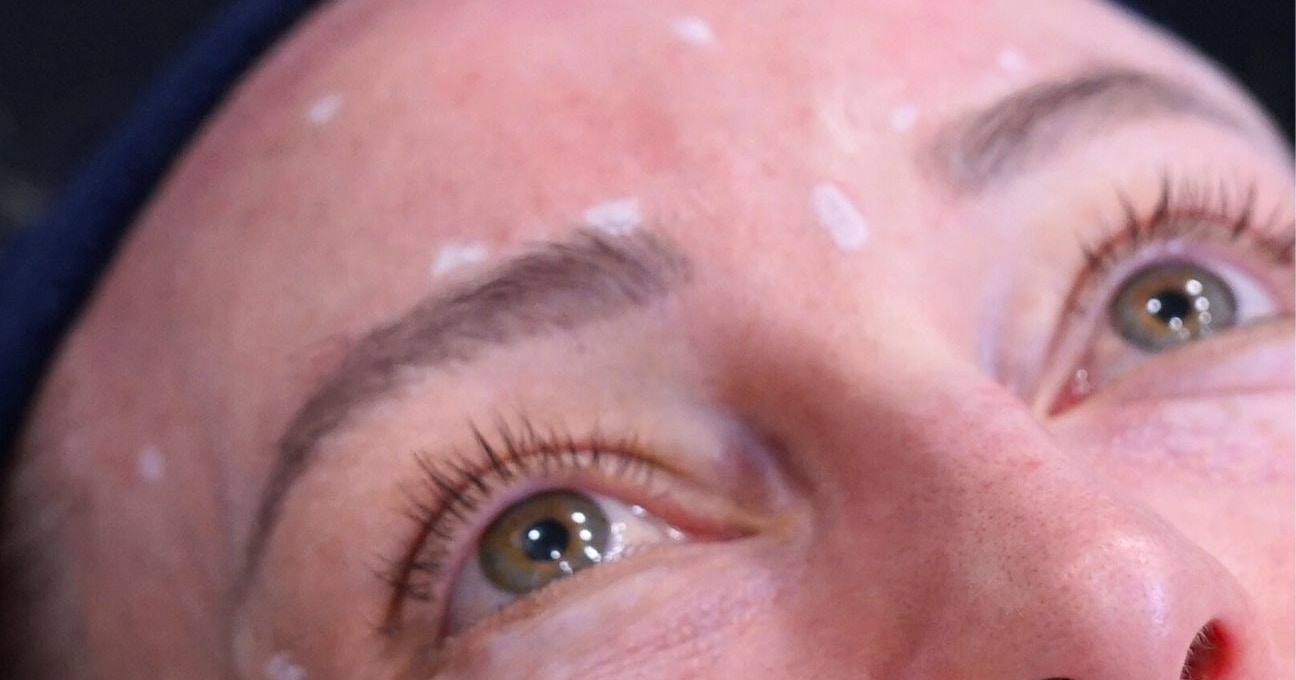
Increase your confidence in understanding how to manage common botox complications!
Following on from our advice on preventing and managing filler complications, we’re turning our attention to toxins. This concludes our three-part mini-series on complications management for aesthetics practitioners.
Botulinum toxin is one of the first injectables that aesthetics practitioners learn. Building your practice from an initial offering of upper-face toxin treatments is a common pathway into aesthetics.
As such, you’ll obviously want to provide the best possible service to your patients to start gaining a great reputation from the start. This means not only executing their treatments correctly in the first place. It also requires you to fully understand and be ready to manage any complications that occur.
We spoke with Dr Max Greenfield to get his advice on managing the top three botox complications he sees in practice. Dr Max is one of our clinical training faculty and a specialist cosmetic doctor.
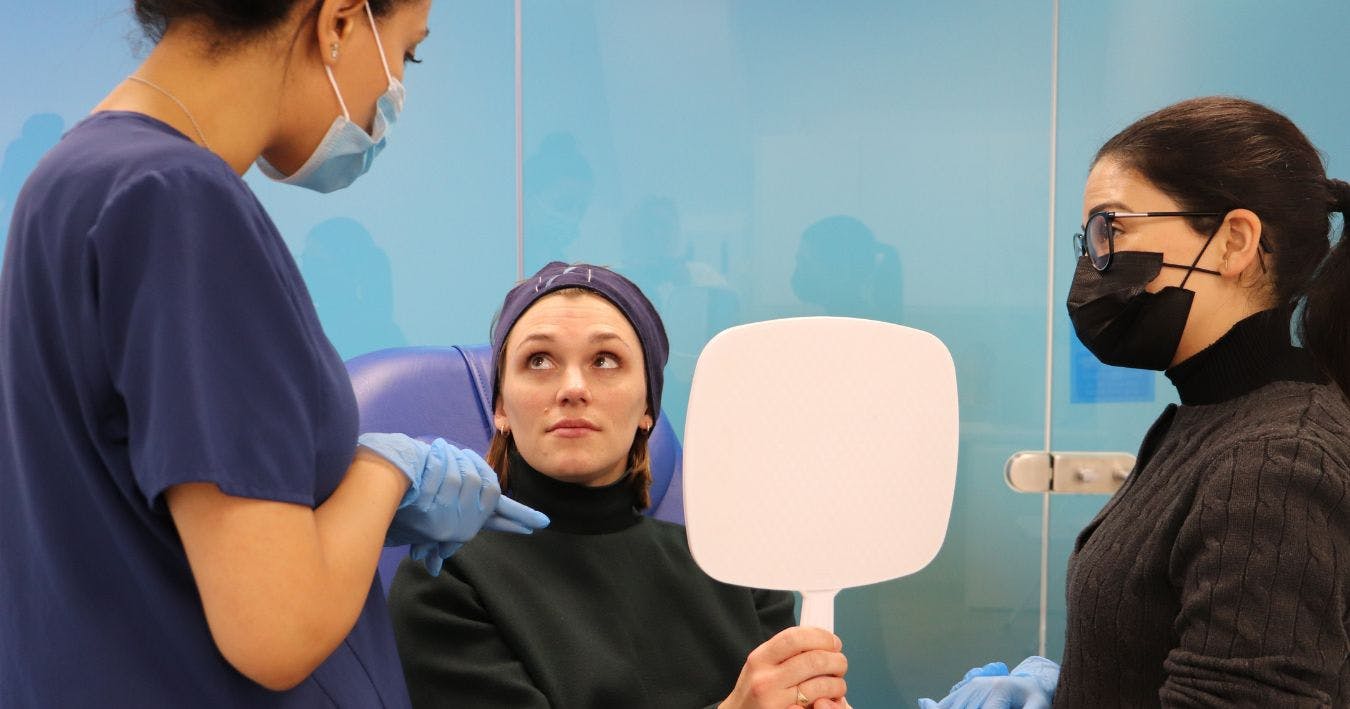
Managing common botox complications
The best way to manage common botox complications is to prevent them!
By having a detailed understanding of facial anatomy and injecting techniques, you can help avoid numerous botox complications. This is one of the key benefits of investing in reputable, in-depth aesthetics training.
This can mean starting off your medical aesthetics career with, for example, The Aesthetics Accelerator course.
Alternatively, you can dedicate yourself to completing a postgraduate level course as you build up your private practice. If you’re looking to become a confident toxin practitioner and build from a newcomer or novice, towards specialist status, explore our Ofqual-regulated Level 7 Diploma in Botox & Dermal Fillers course.
Whichever you take, your botox courses should develop your comprehension above and beyond being able to simply name and locate different parts of the anatomy. You should be able to tailor effective treatment plans and adjust your techniques according to each individual.
Here we explore the management of commonly seen botox complications, with guidance on how to prevent them.
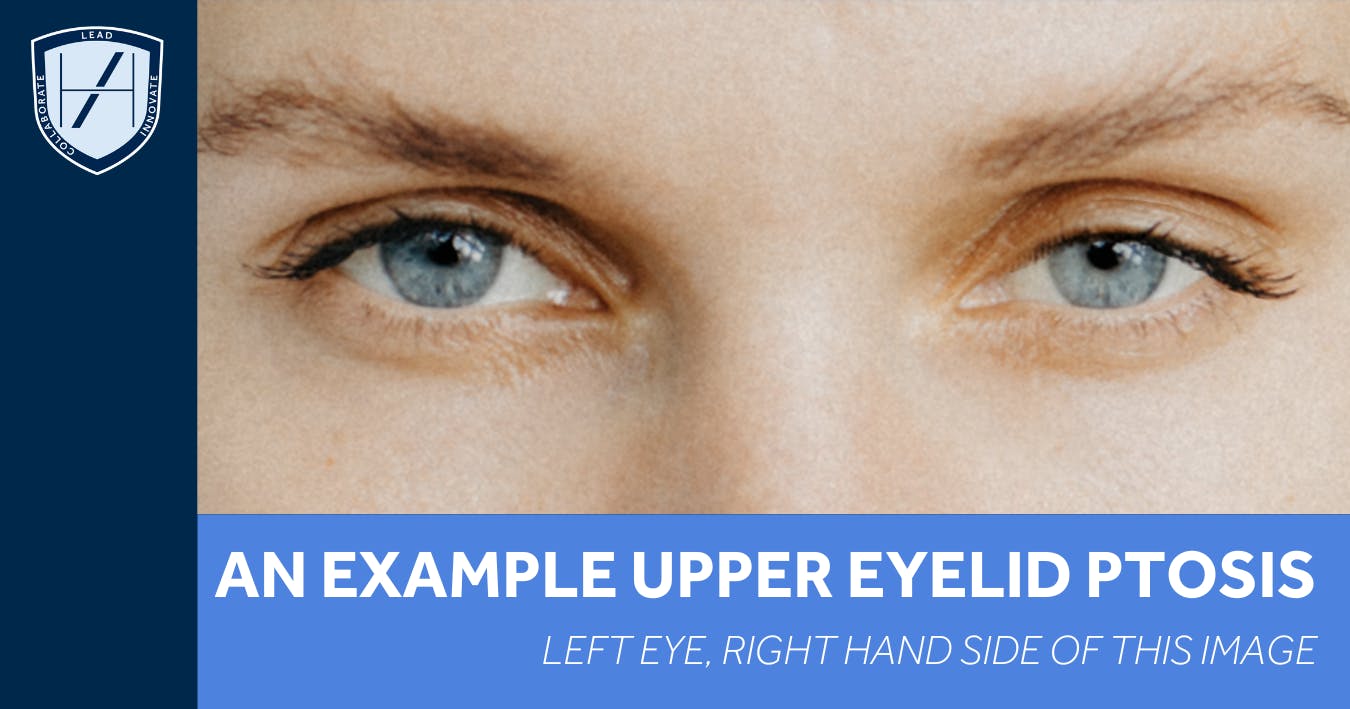
1. Drooping eyelids (lid ptosis)
“Drooping eyelids can occur if botox migrates into one of the muscles that elevates the eyelid,” states Dr Max. He specifies that this is “the levator palpebrae superioris”.
“This almost always happens when the treatment is injected too deeply over the supraorbital foramen or notch.
Eyedrops for lid ptosis
“There’s nothing we can do to remove the botulinum toxin but there are treatments we can offer to improve the appearance. These include prescribing apraclonidine eye drops, which can help to temporarily lift the eyelid.
“Just make sure the patient doesn't have a history of glaucoma first,” he cautions.
Dr Max counsels, “Aside from improving the ptosis, it's really important to make sure that the patient is using hydrating eye drops to reduce irritation to the cornea. They also must not drive if their vision is impacted.
“The effect typically wears off in 4-6 weeks as the botox's effect diminishes.”
Injecting botox to the eyelid to improve drooping
“There’s also some evidence to suggest that injecting very small amounts of botox onto the eyelid itself may help to improve lid ptosis. However, I wouldn't recommend this unless you're a very experienced aesthetic practitioner.”
Botox injection technique for preventing lid ptosis
Dr Max advises you to “stay superficial when treating the lateral corrugator.” Additionally, for patients who’ve had lid ptosis previously, he recommends you take this approach “then consider not treating the lateral point at all.”
Psychological consideration for patients experiencing this
“Reassure your patients that this side effect is temporary and will resolve with time,” directs Dr Max. He add that you should “be empathetic to the effect that this can have on
them socially and psychologically. It may affect the way their friends, family and
colleagues may see them.”

2. Headaches after neurotoxin injections
“Headaches are a potential side effect following upper face botox injections,” relays Dr Max. “They usually present from the following morning and subside within a few days. Rarely headaches can last longer than this.
“Simple pain relief such as paracetamol and ibuprofen can be used to improve symptoms. However, because ibuprofen can slightly increase the risk of bruising, we prefer for patients to take paracetamol on the day of treatment. The following day both options can be taken, if required.”
Practical steps you can take as an aesthetic practitioner
“Encourage patients to stay hydrated and get in touch with you if the headaches aren't improving,” recommends Dr Max.
“Further medical opinion may need to be sought if you suspect that the headaches aren't treatment-related. This is also the case if there are any associated ‘red flag’ symptoms.”
It’s worth noting…
Dr Max reminds that aesthetics practitioners should always reassure patients that “headaches are generally short-lived and can be effectively managed with simple remedies.”
He shares, “Some patients who are prone to headaches may actually find that their headaches improve after toxin treatment although this isn’t the primary indication.”
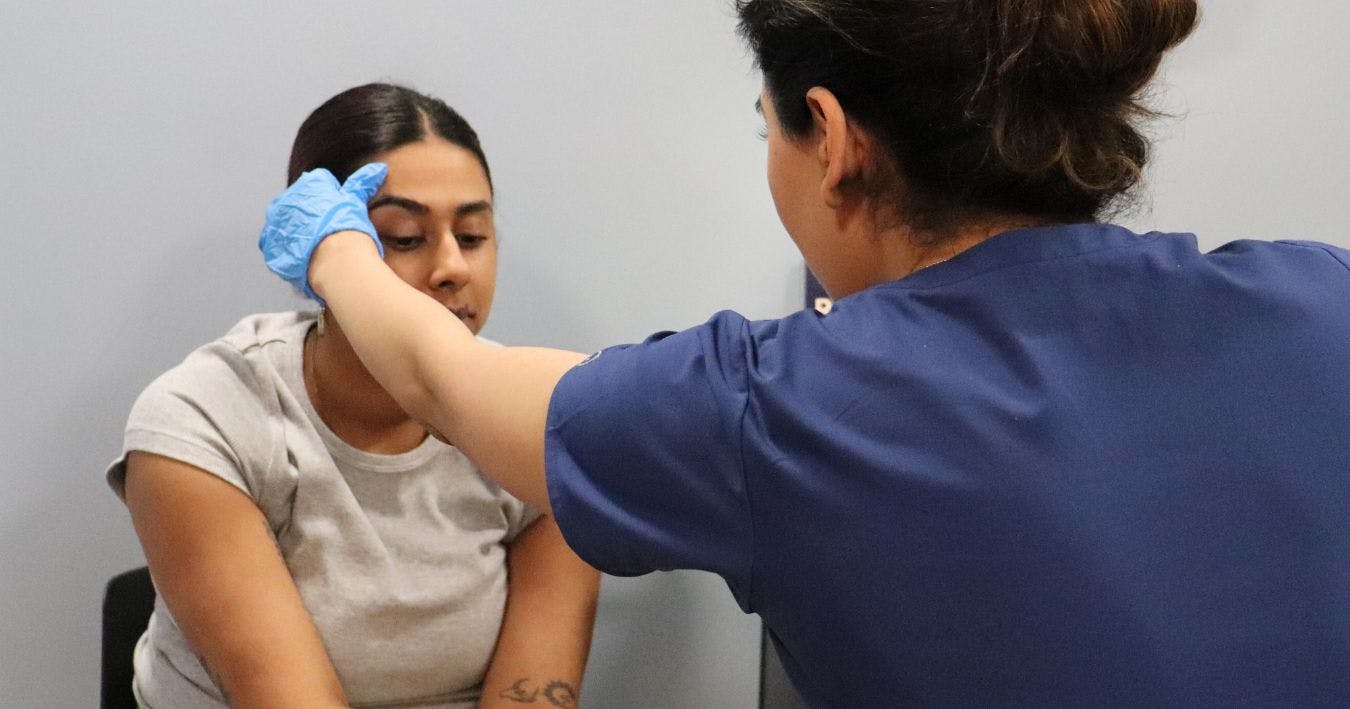
3. Asymmetry after botox injections
“Asymmetry can occur after botox injections if the toxin is not evenly distributed,” says Dr Max. He notes that this can also be the case “if patients have more active muscles on one side of their face compared to the other. So examination of the muscles at rest and when active helps with treatment planning.
“Asymmetry may require re-treatment to correct at review. It’s easily managed so long as it’s due to excess muscle movement rather than over-treated muscles.
“Additional Botox can be used to balance the appearance. This correction typically takes effect within a week or two.”
Reassuring your patients
“Some asymmetries can look quite alarming initially,” warns Dr Max. “Reassure your patients that they are in no way harmful and in most cases can be corrected quite easily.”
The importance of scheduling toxin review appointments
Dr Max highlights, “When you first start treating patients in your own aesthetic practice it’s really useful to book in review appointments during the 2-4 week mark. That way you can correlate your treatment to their results and optimise future treatments.”
Remember: A toxin review is not a top-up appointment!
Regular readers and Harley Academy trainees will know that this is a drum we bang frequently: botulinum toxin reviews are not top-up appointments! By calling them a review appointment, you’re managing expectations more effectively.
As our founder and CEO, Dr Tristan Mehta counsels, “When you first start to treat toxin patients, what we want to do is create a pathway. This allows us to make changes as we go along. We don't want to inject the highest possible dose, especially if it's the first time you've seen this patient for botox.
"We often use half the normal dose in the forehead, in the frontalis, at their first appointment. This allows us to then add in what we call an 'adjustment dose' at their review appointment within 2-4 weeks.
"I would recommend when you're discussing this with your patients that you don't call it an automatic botox top-up. This will give them the expectation that you're going to add more. In your clinical practice, you want to give yourself the opportunity to say, 'I don't think we want to inject any more' because it may not be needed and we don't want to cause the risks.
"Remember, with toxin we can always add more but we can't take it away."
New course covering how to manage filler and botox complications
We currently offer an eLearning course dedicated to Preventing & Managing Filler Complications. This is available to purchase online and is also included free of charge to our Level 7 Diploma trainees.
In addition to this, you may have seen our new Managing Aesthetics Complications Course on the Coming Soon page of our website.
All the information about this exciting new addition will be revealed shortly. If you’d like to be notified when this happens, just register your details.
All information correct at the time of publication
Download our full prospectus
Browse all our injectables, dermal fillers and cosmetic dermatology courses in one document
By submitting this form, you agree to receive marketing about our products, events, promotions and exclusive content. Consent is not a condition of purchase, and no purchase is necessary. Message frequency varies. View our Privacy Policy and Terms & Conditions
Attend our FREE open evening
If you're not sure which course is right for you, let us help
Join us online or in-person at our free open evening to learn more
Our Partners


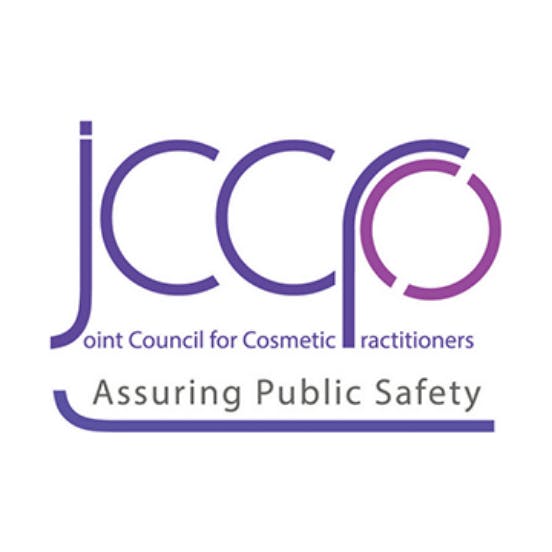


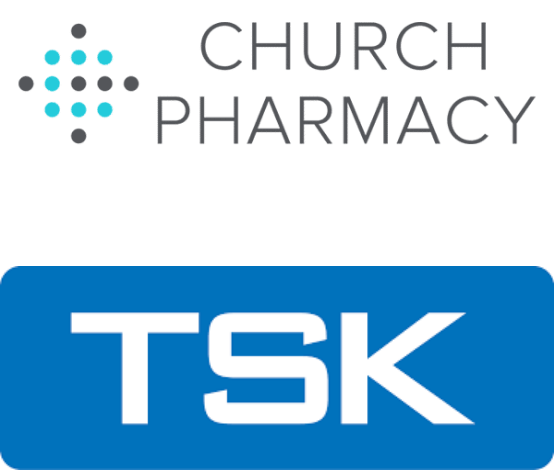
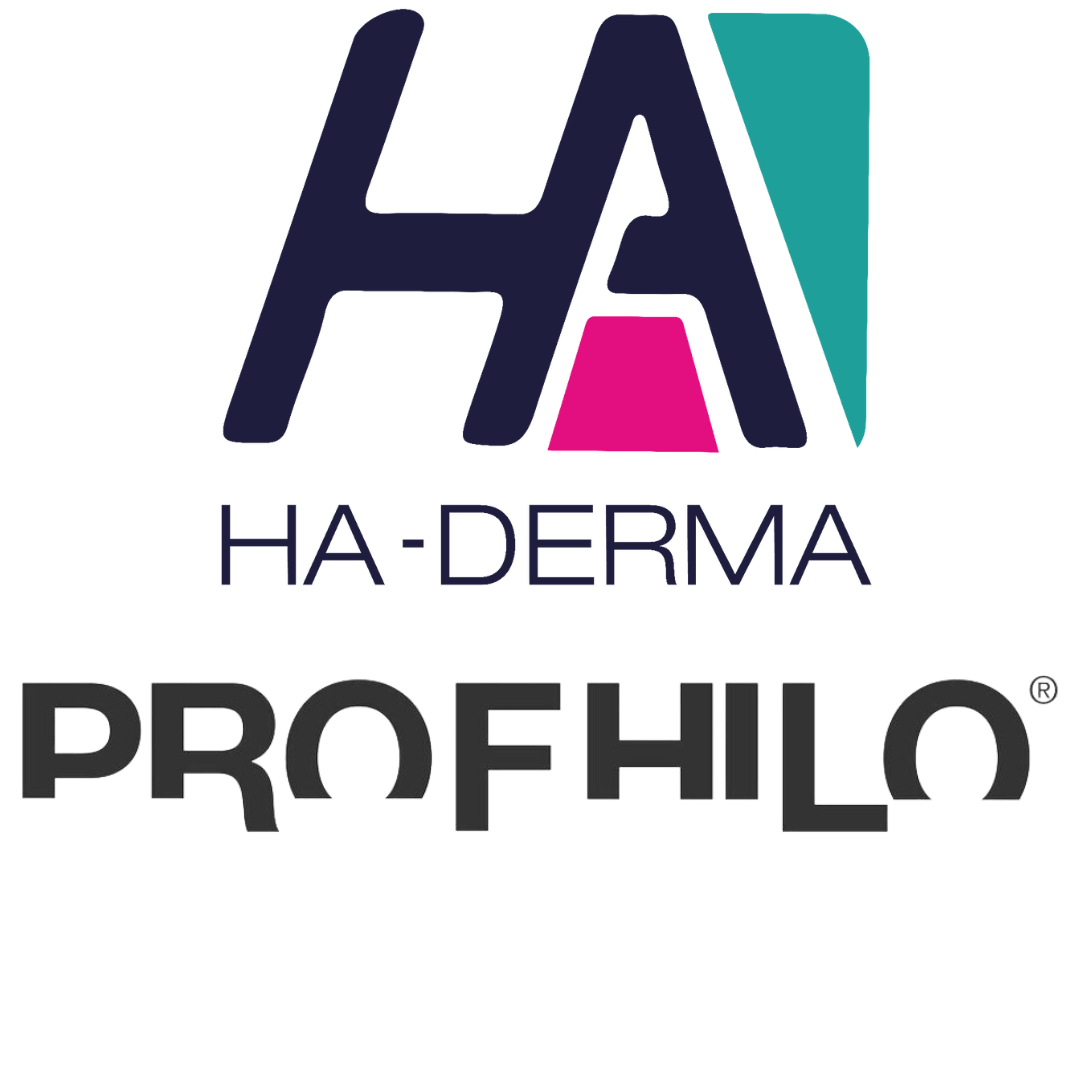
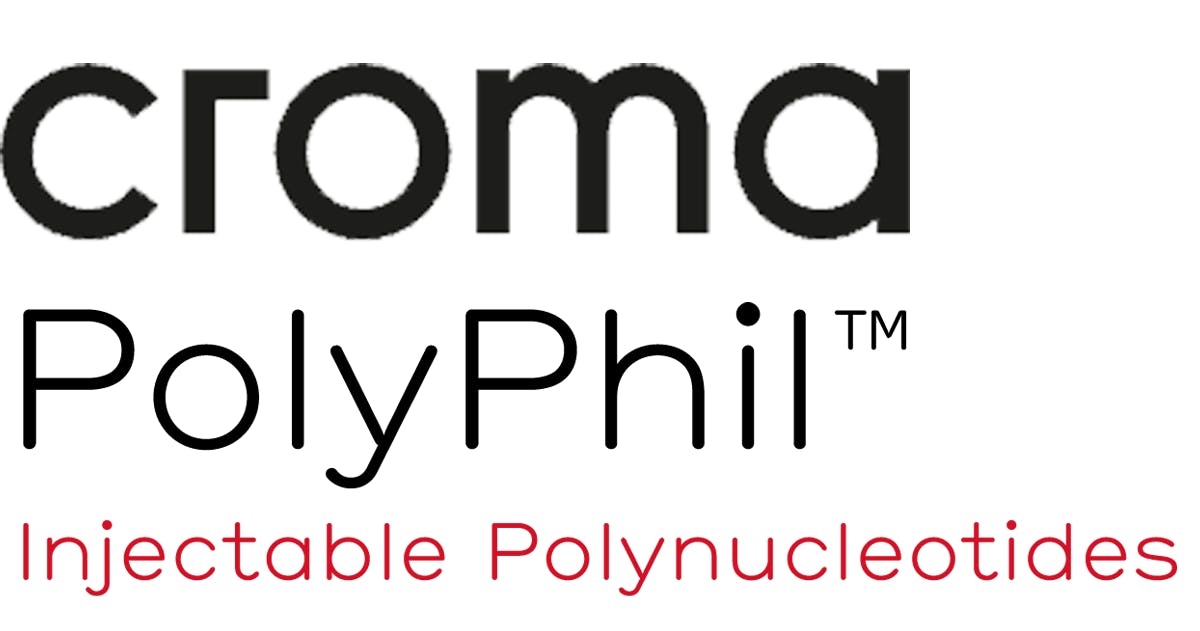



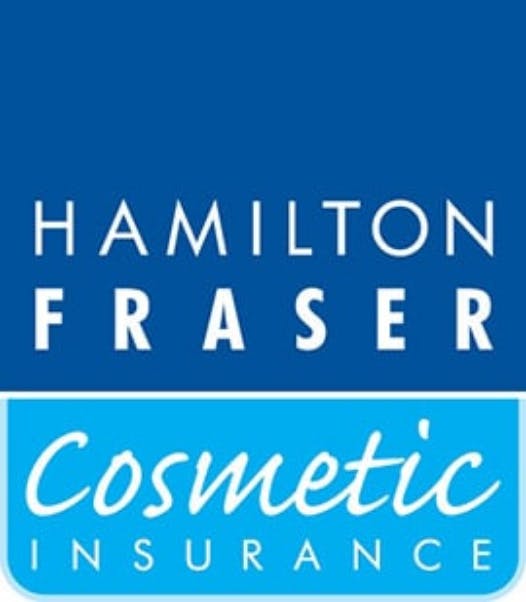
STAY INFORMED
Sign up to receive industry news, careers advice, special offers and information on Harley Academy courses and services


